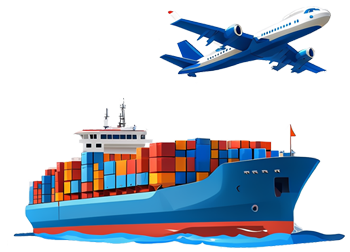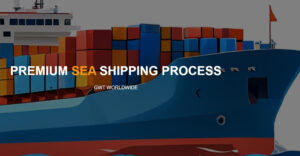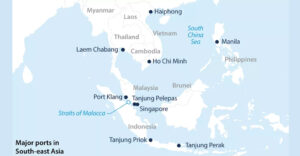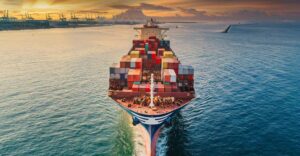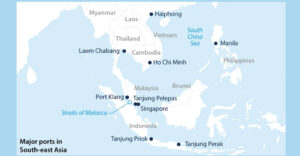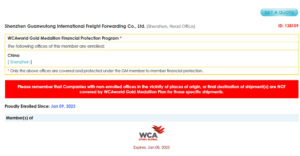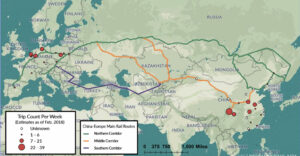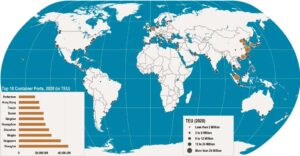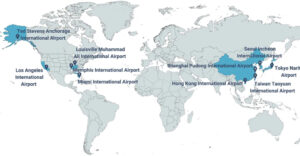How much do you know about the Export Logistics Consolidation Warehouse? With the rapid growth of cross-border e-commerce, sellers have high demands for storage and logistics efficiency. In China, export forward warehouses for cross-border e-commerce have been developing quickly in the past couple of years. So, what exactly are these warehouses?
Let’s learn something about general consolidation warehouses
For cross-border E-commerce sellers, the consolidation warehouses are typically located close to the final sales city or the origin city of goods. More closed, higher efficiency – That’s the overall idea for the rapidly running E-commerce businesses all over the world.
Actually, consolidation warehouse is not a new business. Earlier in the past dozens of years, it has been developed to be a very mature business in The US.
Off-site Consolidation Warehouse In Traditional Supply Chain
There are a lot of huge supermarkets and corresponding distribution centers in the USA. Hence, consolidation warehouses were very mature there. They are very important existence in the developed countries. However, nowadays we still need to realize that the cross-border e-commerce export logistics consolidation warehouse is very different. Different rules in the origin country and importing country are very different, more or less. Moreover, “smart” is a distinguishing feature of modern e-commerce warehousing with strong IT support.
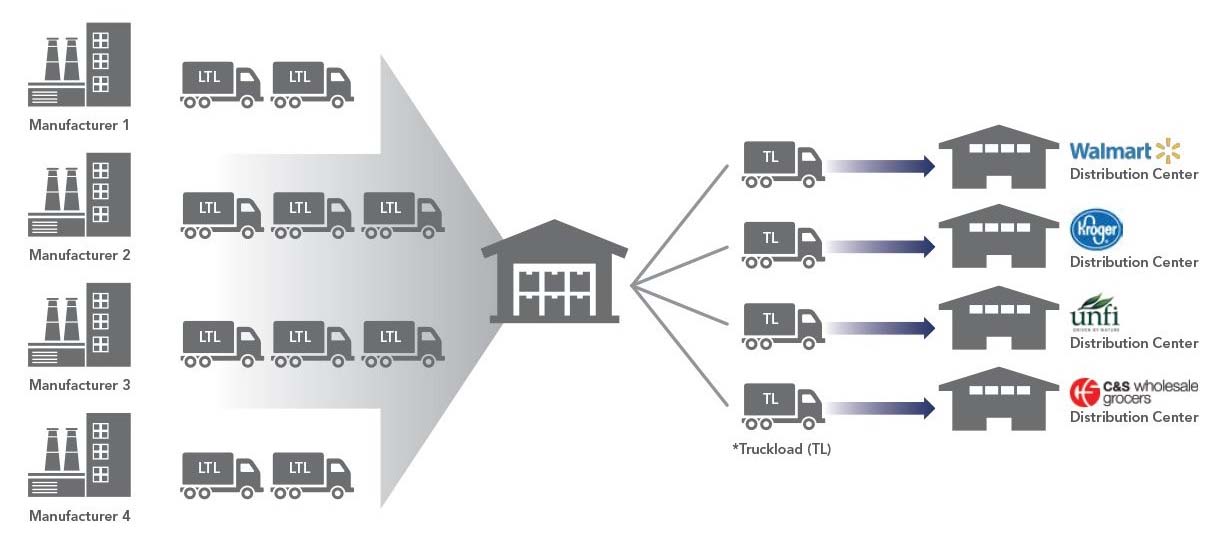
In traditional consolidation warehousing, multiple LTL orders are sent shorter (cheaper) distances to the central consolidation center. Remaining distance to distribution center discounted at full truckload price, consolidated with other customers.
Cross-border Consolidation Warehouse
Basically, there are two types of cross-border e-commerce consolidation warehouses: Export consolidation warehouses and sales consolidation warehouses in the importing countries.
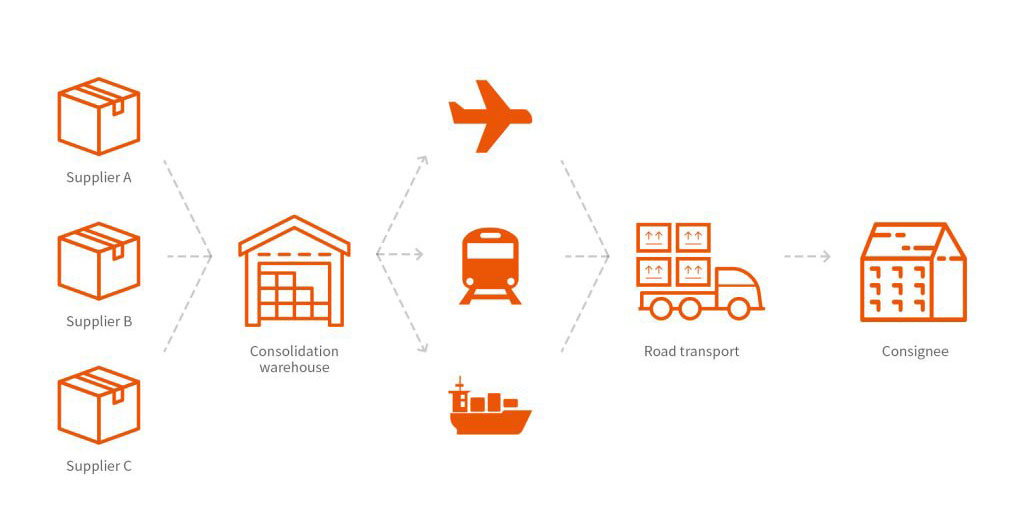
These warehouses significantly improve the “last mile” delivery efficiency for both exports and imports. They are an innovative solution for cross-border e-commerce logistics, refining traditional logistics processes.
If you’re a cross-border e-commerce seller or buyer, you might now understand the difference between forward warehouses and overseas warehouses. Forward warehouses are closer to the source or sales area but are generally smaller in size than overseas warehouses.
The concept of sales forward warehouses near the source or sales area is straightforward. This article focuses on China’s cross-border e-commerce export forward warehouses.
Inquire us for cross-border shipping solutions
The export logistics consolidation warehouse is set up at a domestic port, serving as logistics center for cross-border e-commerce exports
In an export logistics consolidation warehouse, we can offer storage, customs clearance, cargo consolidation, and inspection.
Previously, exports followed the traditional “shipping out” model, requiring consolidation, customs clearance, and entering the port area.
Due to the diverse, small, and frequent nature of e-commerce exports, many packages are consolidated into one container, increasing the chance of inspection. Post-inspection, repacking is troublesome and can disrupt shipping schedules.
With the new “inspect before shipping” model, goods can be cleared as individual items in the warehouse and then consolidated, reducing customs clearance time from 2-3 days to about 1 day.
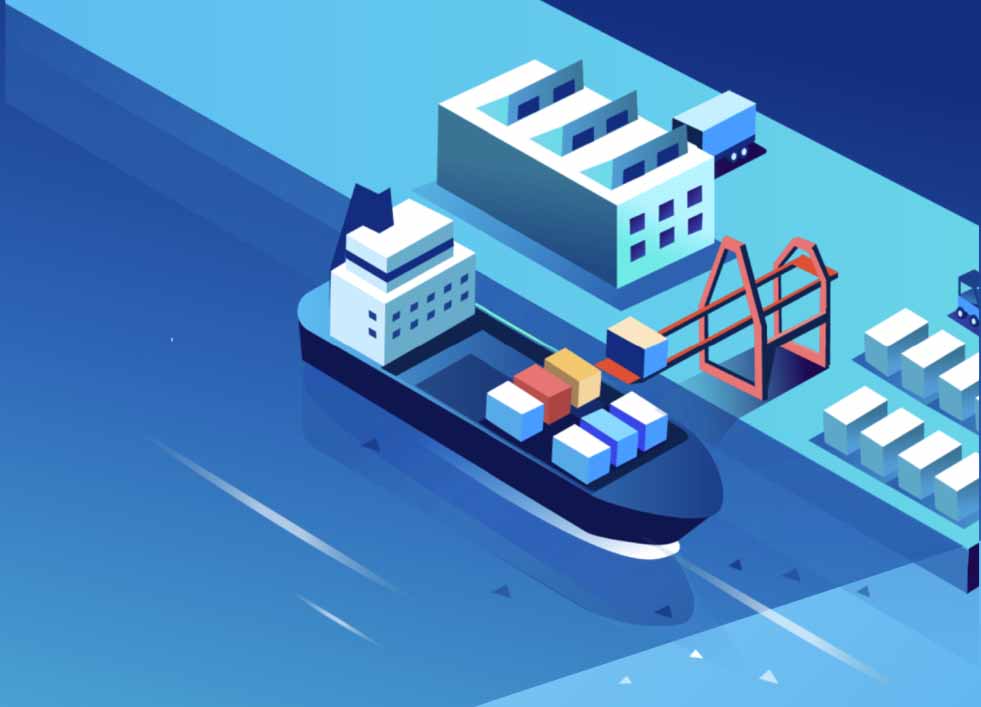
This offers three benefits to businesses: compliance, efficiency, and cost reduction. Companies can achieve same-day inspection and shipping, improving logistics efficiency by over 30% and reducing costs by 20%. They can also manage supply chains more precisely and respond flexibly to risks.
Export forward warehouses allow sellers to store products in China, avoiding complex cross-border logistics like relabeling, repackaging, and customs procedures. Goods still need customs clearance in China, but sending them to the forward warehouse completes this process.
These warehouses also enhance product quality and user experience by conducting quality checks and packaging, ensuring products meet import standards and improving brand image.
In summary, China’s cross-border e-commerce export forward warehouses significantly enhance storage and logistics efficiency for sellers both domestically and internationally.

